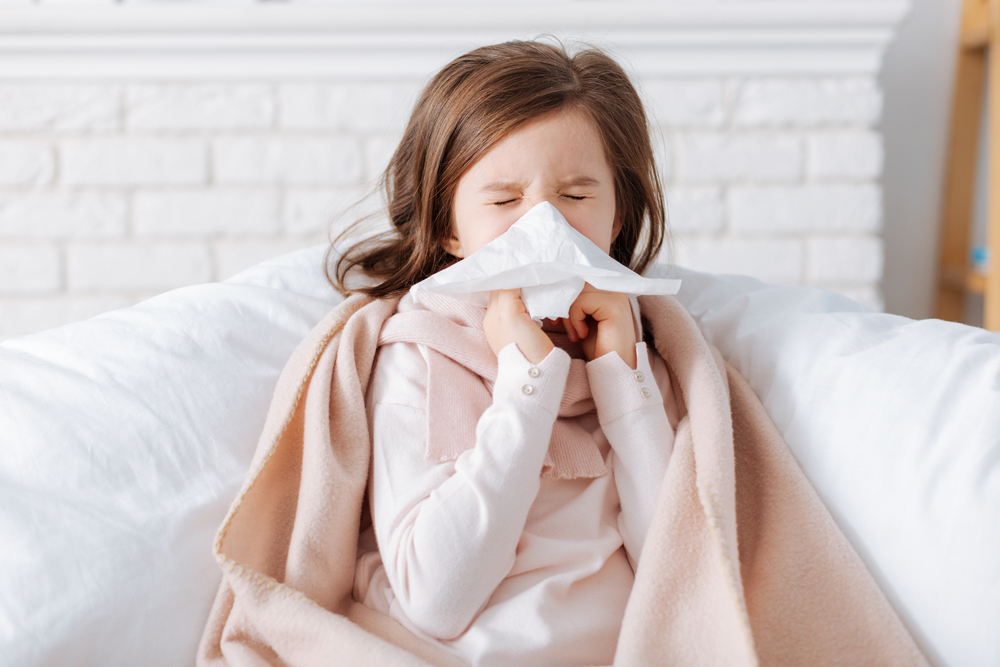This article appeared in USA Today. Read more here.
After a two-year hiatus, the flu may be back this season – and with a vengeance.
Data from the Southern Hemisphere, which is in its flu season, show cases surpassing pre-pandemic levels, prompting health experts to worry about what’s in store for Americans this year.
“This might be an early warning system for us that this is the time now to start thinking about influenza,” said Dr. Gregg Sylvester, chief medical officer at Seqirus, a flu vaccine manufacturer headquartered in New Jersey. “If we’re not prepared … we could have a very naïve population and we could see quite high rates.”
Health experts point to data in Australia, where flu season runs from May through September, to get a sense of what’s possible for Americans.
Like residents of the U.S., Australians saw unprecedentedly low levels of flu during the pandemic. By mid-July last year, only about 400 cases were reported. There with no hospitalizations or deaths, according to the country’s flu surveillance system.
This year by mid-July, nearly 205,000 cases have been reported and 181 people have died. There have been about 1,500 hospitalizations, with 6.7% admitted directly to the intensive care unit.
“Flu cases increased at a very high rate and ended up being at the highest rate that they’ve seen in I’m not sure how long,” said Andy Pekosz, a virologist at the Johns Hopkins Bloomberg School of Public Health. “When cases (went) down, they stabilized at a higher baseline than what we saw pre-pandemic.”
Data from Australia’s surveillance system shows this year’s flu cases have already outpaced 2019, when about 150,000 cases were reported by mid-July.
Experts say this may be due to increased transmission or because flu season began earlier this year, with cases gaining momentum in April.
“That’s one of the things we’re thinking about now in the U.S., how do we deal with an early surge of influenza,” Pekosz said.
Experts also are worried school-age children and teens may be at more risk this year. In a normal season, the Centers for Disease Control and Prevention say children younger than 2 and adults over 65 are considered at highest risk for flu complications.
But Australia’s flu report shows children ages 5 to 9 have the highest rate of flu cases this year, followed by kids under 4 and teenagers.
“Sixty percent of the hospitalizations in Australia have come from pediatric age groups, 16 and under, and that’s highly unusual,” Sylvester said.
Younger people contracting Influenza is a sign the overall population is less protected against the virus than in previous years, experts say.
Natural immunity tends to last a bit longer than vaccine-induced immunity, Pekosz said. After two seasons of historically low flu transmission, most people weren’t exposed to the virus and didn’t build natural immunity.
“The overall immunity in the population is relatively low – particularly in the younger age groups,” he said. “That’s also supported by the fact that usually when we see an early flu season, that means there’s not a lot of immunity in the population.”
Health experts say the flu vaccine is especially important this year, and recommend Americans consider getting it sooner than usual, as the Australia data suggests the season may start earlier. Rite Aid and Walgreens announced flu vaccines are already available for walk-in and scheduled appointments.
A CVS spokesperson said “patients can visit most CVS Pharmacy or MinuteClinic locations and receive a walk-in flu vaccination, pending supply.” The company also said its digital scheduler will be active “soon,” but did not specify a date.
Although vaccines are available, health experts warn against getting vaccinated too early as vaccine-induced immunity may wane later in the season. They recommend scheduling an appointment between September and October, and also remind Americans it’s never too late to get vaccinated.
It’s too soon to determine the vaccine’s effectiveness in the Southern Hemisphere, but experts say the strains circulating in Australia appear to match strains announced by the World Health Organization this year.
Like the COVID-19 vaccine and booster, Pekosz says the flu vaccine is highly effective at preventing severe disease, hospitalization and death. As Americans await an omicron-targeting COVID-19 booster in the fall, he hopes they don’t forget about the flu.
“They might be tired of hearing about boosters and vaccinations, but they are working,” Pekosz said. “This year in particular, it will be important to emphasize you need both your COVID booster and influenza vaccine to get the maximum protection going into the fall and winter seasons.”

